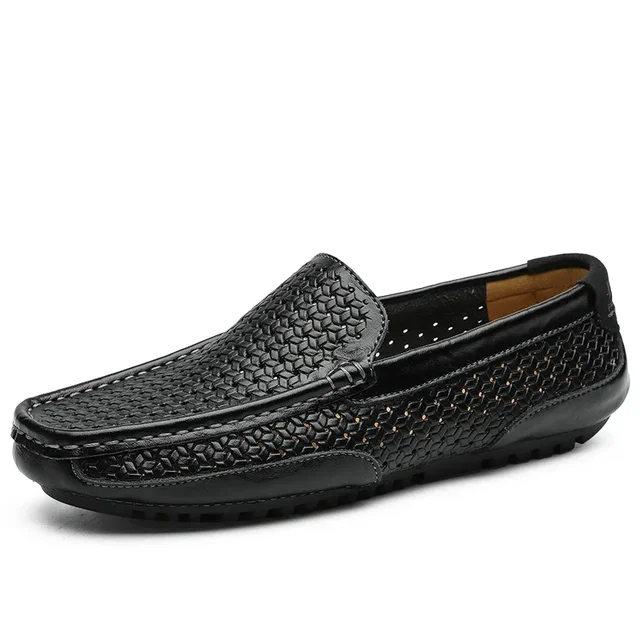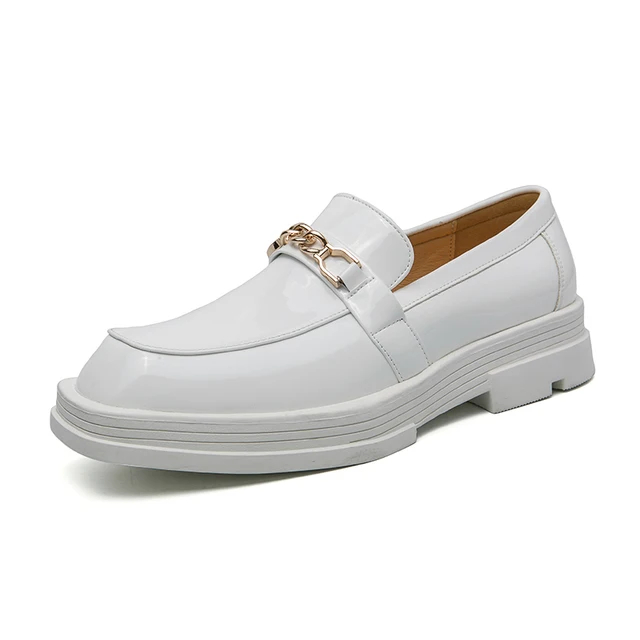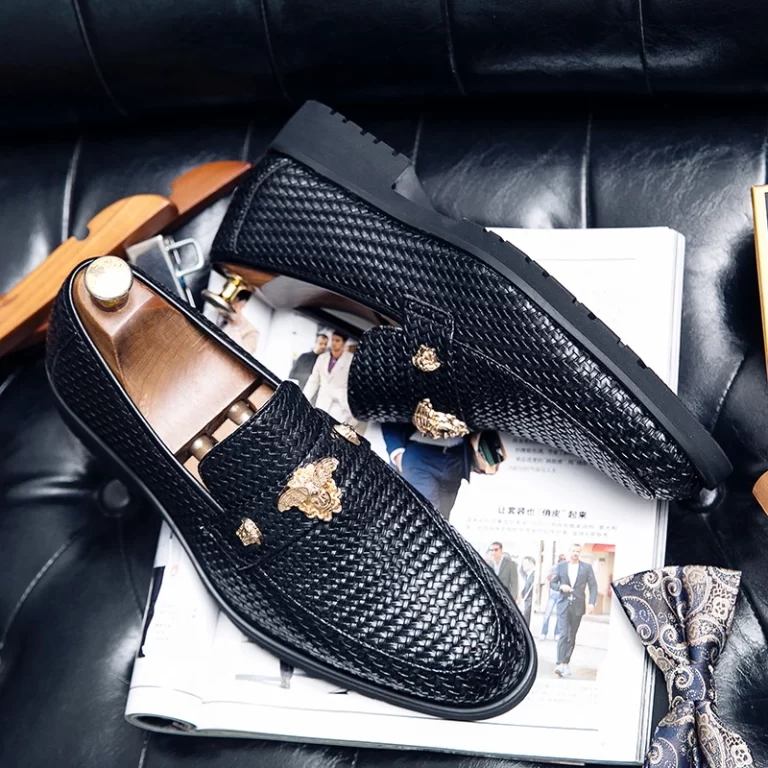Many people love the look and feel of non-leather shoes, but sometimes they come with sizing issues. If your shoes are too tight, don’t fret. How to stretch shoes that are not leather? There are several effective methods to stretch non-leather shoes so they can fit comfortably. In this article, we will explore various techniques you can use. We’ll cover these methods in detail, providing practical tips and tools you can use to make your shoes feel just right.
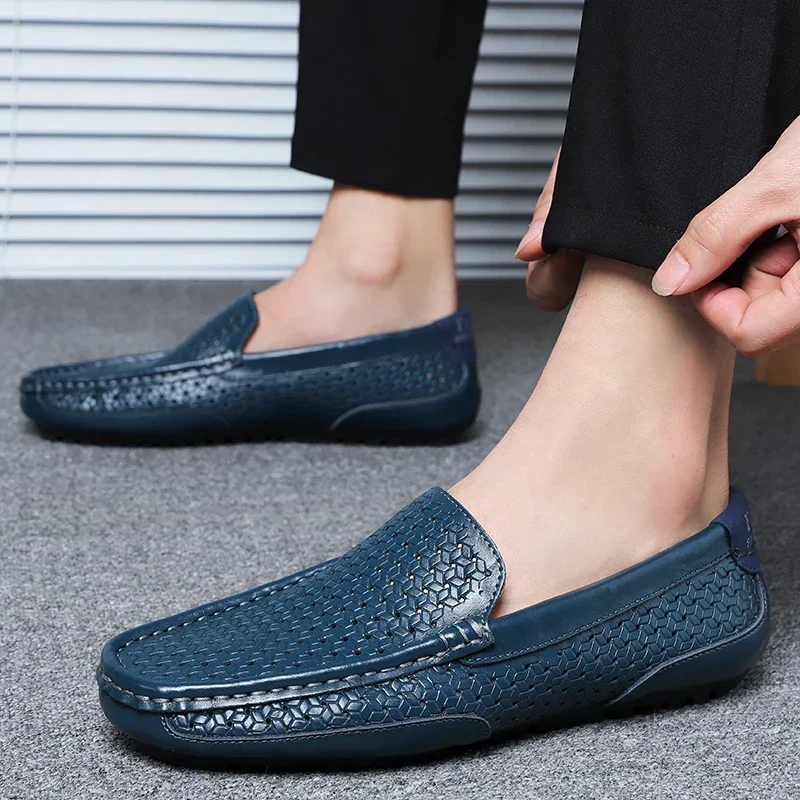
Understanding the Material: What Are Non-Leather Shoes?
Non-leather shoes can be made from different materials like synthetic leather, canvas, rubber, and mesh. These materials have unique properties. For example, synthetic leather mimics the look of real leather but often lacks the natural stretch that leather provides. Knowing what your shoes are made of will help you determine the best stretching method.
The Benefits of Non-Leather Shoes
One of the main advantages of non-leather shoes is their affordability. They are usually less expensive than leather options. Additionally, many non-leather materials are water-resistant. This makes them suitable for rainy or snowy days. Eco-conscious consumers also appreciate that non-leather shoes can be more environmentally friendly. They often do not rely on animal products.
However, one downside is that they can have less give. They don’t mold to your foot shape as leather does. This lack of flexibility can lead to discomfort. If you have bought a pair of stylish non-leather shoes but find them too tight, there are ways to remedy the situation.
Techniques to Stretch Non-Leather Shoes
There are various techniques to stretch non-leather shoes. Some methods are simple and quick, while others may take time but yield better results. We will look at popular stretching methods, including using heat, wearing thick socks, and using a shoe stretcher.
Using Heat to Stretch Your Shoes
One of the most effective methods for stretching non-leather shoes involves heat. Non-leather materials can often handle some heat, allowing them to expand. Start with a hairdryer. Hold it a few inches from the shoe, focusing on the areas that feel tight. Move the hairdryer in circular motions to avoid damaging the material.
Once the shoe gets warm, you should put it on immediately. The heat will make the material more pliable. As you wear the shoes, they will start to conform to your foot shape. Be cautious, though. Too much heat can melt synthetic materials. This method works best in mild temperatures, so avoid using it in very high or very low heat settings.
After wearing the shoes, let them cool down while still on your feet. This helps the shoe maintain its new shape. Do not walk around in extremely tight shoes, as this might cause blisters.
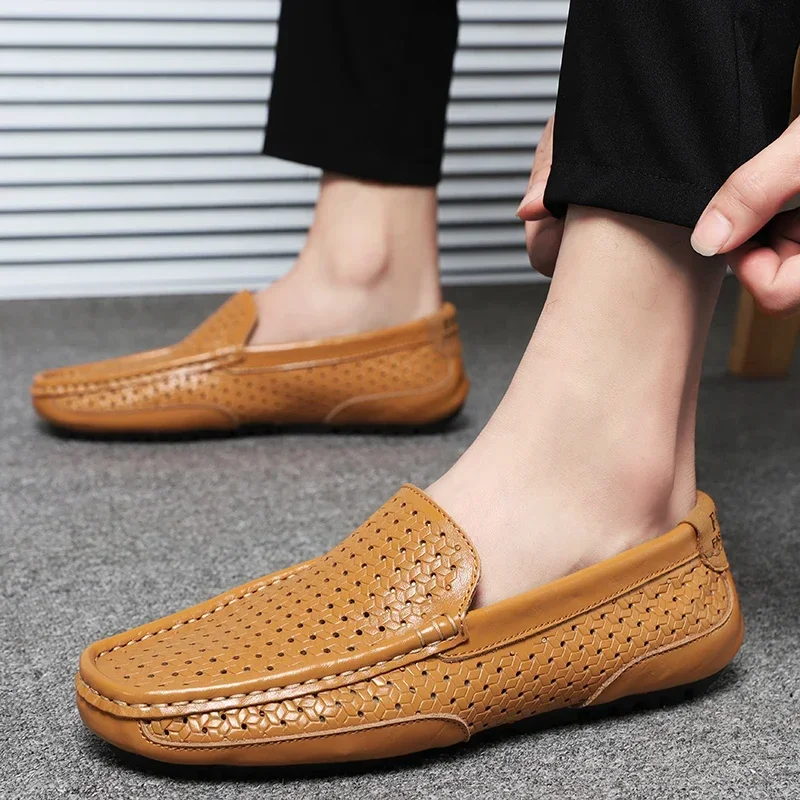
Using Thick Socks for Stretching
Another straightforward technique involves wearing thick socks. This method is very accessible; you just need a pair of thick or multiple pairs of socks. Start by putting on the thick socks and then slipping your tight shoes onto your feet. Walk around your house for about 30 minutes. The socks will create pressure on the shoe’s insides, encouraging it to stretch.
After wearing the shoes, take them off and leave them to air out. This technique works especially well for shoes made of canvas or synthetic materials. However, you may not want to use this method if you are in a hurry. It can take time to feel a noticeable difference.
If you find that the shoes are still too tight after one session, repeat the process over a few days. Consistent practice will gradually stretch the material, making the shoes much more comfortable.
Using a Shoe Stretcher
If you want a more tool-oriented approach, consider investing in a shoe stretcher. These devices are designed specifically for this purpose. Shoe stretchers can help modify the width and length of your shoes.
Different Types of Shoe Stretchers
There are usually two types of shoe stretchers: one-way and two-way. A one-way shoe stretcher focuses on length only. A two-way stretcher, on the other hand, allows you to adjust both the length and width. For non-leather shoes, a two-way stretcher is often more effective.
To use a shoe stretcher, insert it into the shoe. Turn the knob to expand the shoe slowly. Depending on how tight the shoe is, you may want to leave the stretcher in for 24 hours or even longer. Some stretchers come with special attachments for targeting specific problem areas.
Benefits of a Shoe Stretcher
The advantage of using a shoe stretcher is precision. You can control exactly how much you want to stretch the shoe, minimizing the risk of damaging the material. This method is particularly effective for canvas shoes or shoes made from synthetic materials. Remember that some stretchers are adjustable, while others can be set to a specific size.
After using the shoe stretcher, check the fit. Put the shoes on and walk around to see how they feel. If they are still tight, repeat the process until you reach your desired comfort level.
Other Methods to Consider
Aside from heat and tools, there are other clever methods to stretch non-leather shoes. One of these involves using ice. While it may sound odd, freezing water can actually help stretch shoes. You will need to fill freezer bags with water and place them inside the shoes.
The Ice Method: Step-by-Step Instructions
Start by filling a small, resealable plastic bag with water. Make sure to leave some space in the bag for the water to expand when frozen. Next, place the bag in the tight shoe, ensuring it fills the space evenly. Once you’ve inserted the bag, put the shoe in the freezer.
Leave the shoes in the freezer overnight or for at least six hours. As the water freezes, it expands and pushes against the inside of the shoe. This should create more room. When you’re ready to check, take the shoes out of the freezer and let them thaw for a few minutes.
Once they have thawed slightly, remove the bags of ice. Try the shoes on. You should notice an increased amount of room. If it’s still tight, you might want to repeat the icy treatment.
Why Choose the Ice Method?
This method works particularly well for materials like canvas or synthetic blends. It’s effective because it takes advantage of the properties of water and how it expands when frozen. Since this method uses common household items, it’s easy to try without a financial commitment.
However, be cautious with this method. It’s always best to take gradual steps when stretching shoes. Also, keep in mind that not all non-leather materials react the same way to being frozen.
Maintaining Comfort After Stretching
After successfully stretching your non-leather shoes, you might wonder how to maintain their comfort. Proper care will prolong the life of the shoe and keep them feeling good on your feet.
Regular Cleaning
Make sure to keep your shoes clean. Dirt and grime can build up, affecting the material’s flexibility. Use a mild soap and damp cloth to clean the outer layer. Avoid soaking the shoes, as this can have adverse effects on non-leather materials. A quick wipe is usually sufficient.
Using Shoe Trees
Consider using shoe trees. These devices help maintain the shape of the shoe. When your shoes aren’t being worn, insert a shoe tree to prevent them from returning to their original size. Make sure you are using shoe trees designed for non-leather materials to avoid any damage.

Rotating Your Shoes
Another way to extend the life of your shoes is by rotating your footwear. Avoid wearing the same pair every day. This will give each pair time to air out and regain their shape. It’s similar to how you care for any fabric item.
Regular Checks for Comfort
Lastly, do regular checks for comfort. As you wear the shoes over time, be mindful of any new tight spots that may develop. If you start to feel discomfort, revisit your stretching methods. Early intervention can prevent more significant issues down the line.
Conclusion: Finding the Right Fit Matters
Stretching non-leather shoes may seem challenging, but various methods can help. Whether you use heat, thick socks, shoe stretchers, or even the ice method, there are many solutions available. Understanding the materials and techniques involved makes it easier to find what works best for you.
Choosing the right method depends on your comfort level and how much time you are willing to invest. Non-leather shoes can be a fashionable and affordable choice if you care for them properly. So go ahead and put on those shoes—you deserve comfortable footwear that lets you stride confidently!
